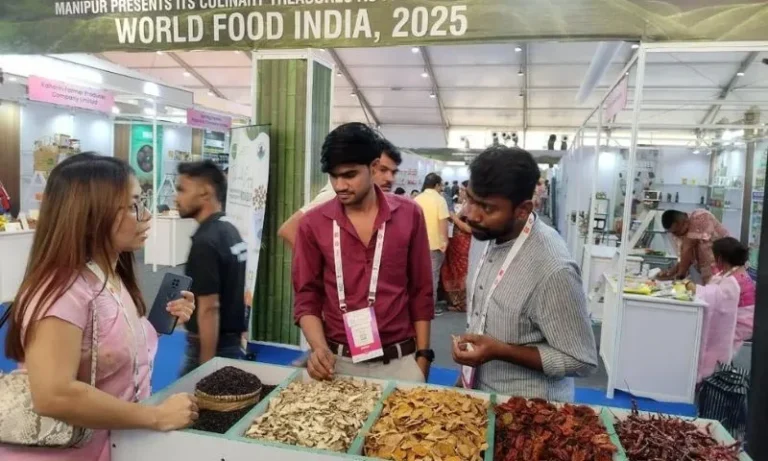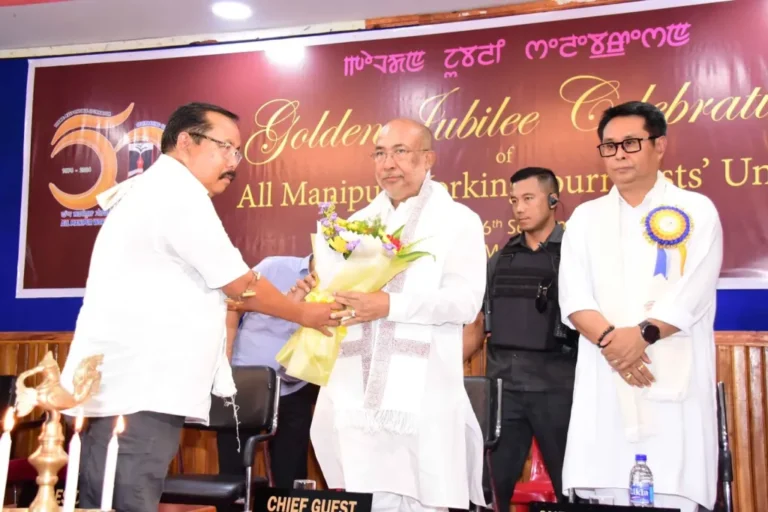Manipur: Security Forces Nab UNLF-P & KCP Cadres
Short summary
Security forces in Manipur carried out a series of search-and-seizure operations over the last 36 hours, arresting an active cadre of the Pambei-led United National Liberation Front (UNLF-P) and four individuals linked to the banned Kangleipak Communist Party (KCP). From the operations, authorities recovered a significant cache — including a .303 rifle with magazine, multiple magazines, a No.36 hand grenade, and roughly 501 rounds of ammunition — along with other war-like stores. The arrests and seizures took place across Bishnupur and Imphal districts and are part of intensified counter-insurgency and anti-arms efforts in the state.
The immediate facts: who was arrested and what was found
On August 9–11, joint security operations in Manipur netted several arrests and a substantial haul of weapons and ammunition. Officials identified the UNLF-P cadre as Thoudam Bobby Singh (aka Maikeingakpa, 50), arrested from his home at Toubul Mayai Leikai (Bishnupur). Singh’s disclosure reportedly led to the recovery of a .303 rifle with magazine, five magazines of different rifles, one No.36 hand grenade, 501 live rounds of various calibres, two .303 ammunition chargers, and other items including a mobile phone and SIM.
In related operations, security forces also arrested four individuals linked to KCP factions: Ningombam Nongyai Meetei (alias Khingba, 20), Mathurabasimayum Arnold Sharma (21), Hodam Bikram Singh (alias Punsiba/Tomthin, 37), and Thongam Prakash Meitei (25) — taken from different localities in Imphal West and Imphal East districts. Local reporting indicates arrests were made from residences during carefully planned search operations and were followed by recoveries of weapons or identifying documents in some cases
Those are the immediate, verifiable details: names, places, and the inventory recovered. The raw numbers — a single rifle, a grenade, multiple magazines and hundreds of rounds — may not sound like an “arsenal” compared to mountainous caches sometimes seized, but in a densely populated valley such as Imphal even a few weapons and explosives are a major public-safety concern.
Why this matters: ceasefire groups, banned outfits and fragile trust
Here’s where things get complicated. The UNLF-P (Pambei-led faction) is a splinter of the older UNLF movement that historically sought independence or autonomy; importantly, the Pambei faction signed a ceasefire/peace understanding with the Government of India in late 2023. That pact was hailed as an important step toward peace — but ceasefires don’t instantly erase decades of armed networks, caches, or local tensions. The fact that an active UNLF-P cadre was arrested, and weapons were recovered from his location, raises hard questions: were these arms old stock, a hidden cache, or evidence of continuing clandestine activity despite the ceasefire? Officials will investigate; the discovery at minimum points to gaps in disarmament, demobilisation or local monitoring.
On the other hand, the Kangleipak Communist Party (KCP) — a Maoist-influenced separatist group with multiple splinter factions active in Manipur for decades — has remained proscribed and frequently appears in local security reporting for recruitment, extortion and armed actions. Arrests of KCP cadres are part of a long-running counter-insurgency posture in the valley and hills. While each arrest is good policing, it also reaffirms that insurgent and militant networks remain resilient, fragmented, and able to hide arms in civilian areas.
The seizures: what the numbers actually mean
A single rifle and 501 rounds — or one grenade and several magazines — can have outsized significance. Think of it this way: a single hand grenade is a lethal explosive device; a few magazines and several hundred rounds can arm multiple attacks or terrorise a small area through intimidation. Also, when security forces recover weapons from within civilian localities, that creates serious community risk — not only from potential militant use but from accidents, leakage into criminal markets, or the possibility that people unaware of a cache might stumble onto it. In short: small numbers on paper can still be a big deal on the ground.
Final verdict — why this story still matters tomorrow
The recent Manipur arrests are both a granular law-enforcement success and a reminder: the state sits on faultlines of politics and violence that don’t vanish overnight. Recovering a rifle and hundreds of rounds, and bringing a small group of cadres into custody, reduces immediate risk. But it also opens a host of follow-up questions — about ceasefire effectiveness, arms trafficking, the depth of hidden caches, and the social contracts between communities and the state. If the next steps — effective investigations, transparent prosecutions, and community engagement — are done well, the episode will be a useful step forward. If not, it risks feeding a cycle of distrust. Either way, the coming weeks of legal and intelligence work will show whether this moment is a turning point or a temporary disruption.
Five FAQs
Q1: Were any higher-ranking commanders of UNLF-P or KCP arrested in these operations?
A1: Reporting names the arrested individuals as local cadres; there’s no public indication that senior commanders were detained in these specific raids. Investigations may reveal links upward, but as of the published reports no top leadership arrests were announced.
Q2: Does the arrest of a UNLF-P cadre mean the ceasefire is broken?
A2: Not necessarily. Ceasefire agreements are political instruments; arrests for suspected illegal activity don’t automatically mean the ceasefire is void. That said, such incidents complicate trust and will likely prompt government and UNLF-P leaders to review the terms and implementation of peace arrangements.
Q3: How dangerous is a cache like the one recovered?
A3: Even a small cache can be lethal. A single grenade or a few magazines can enable violent acts or accidental harm. The public-safety risk is real, which is why police prioritise locating and securing such stores.
Q4: Will these arrests reduce violence in Manipur?
A4: Arrests can disrupt immediate plans and degrade a cell’s capacity temporarily. Long-term reduction in violence depends on sustained enforcement, cutting supply routes, effective prosecutions, and political solutions addressing root causes.
Q5: Where can I find official updates on these cases?
A5: Official channels include the Manipur Police social handles and district administration bulletins; established local media outlets such as Northeast Now, India Today NE and national outlets will report developments as investigations progress.




